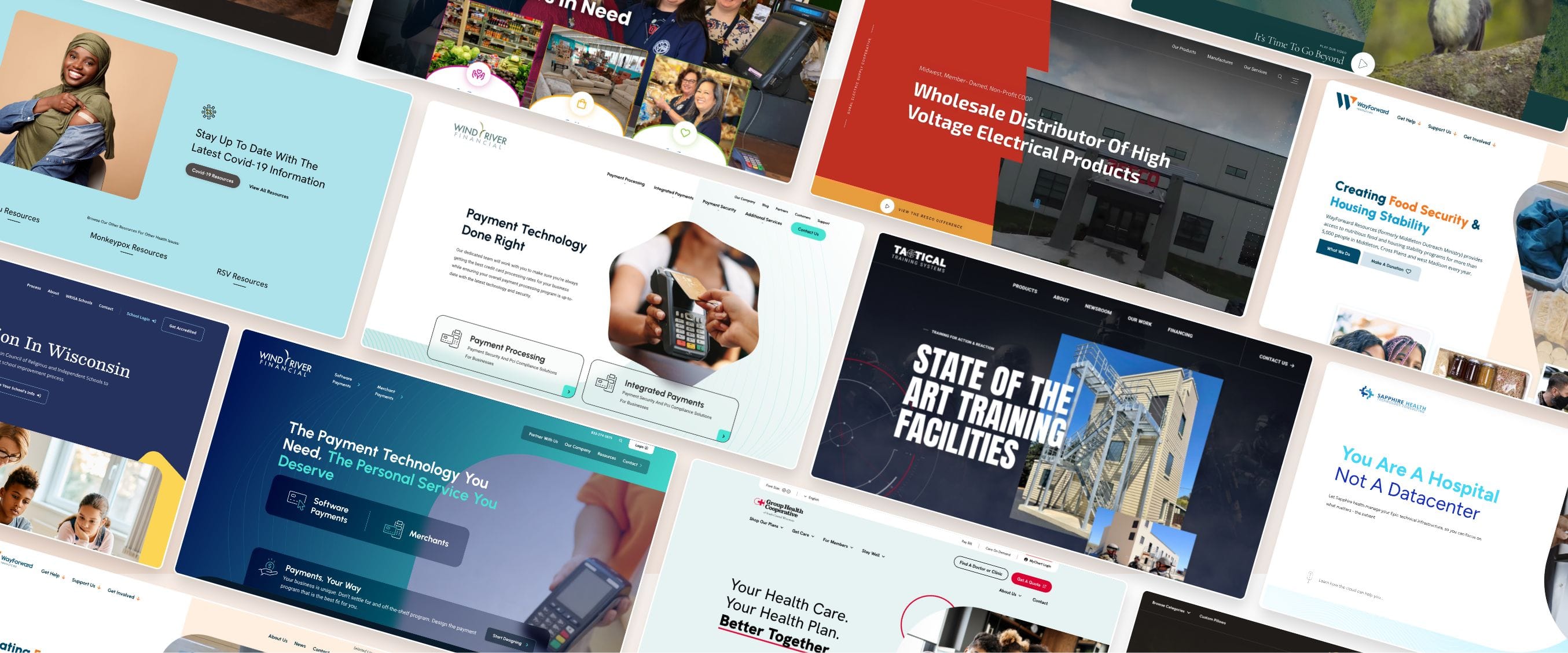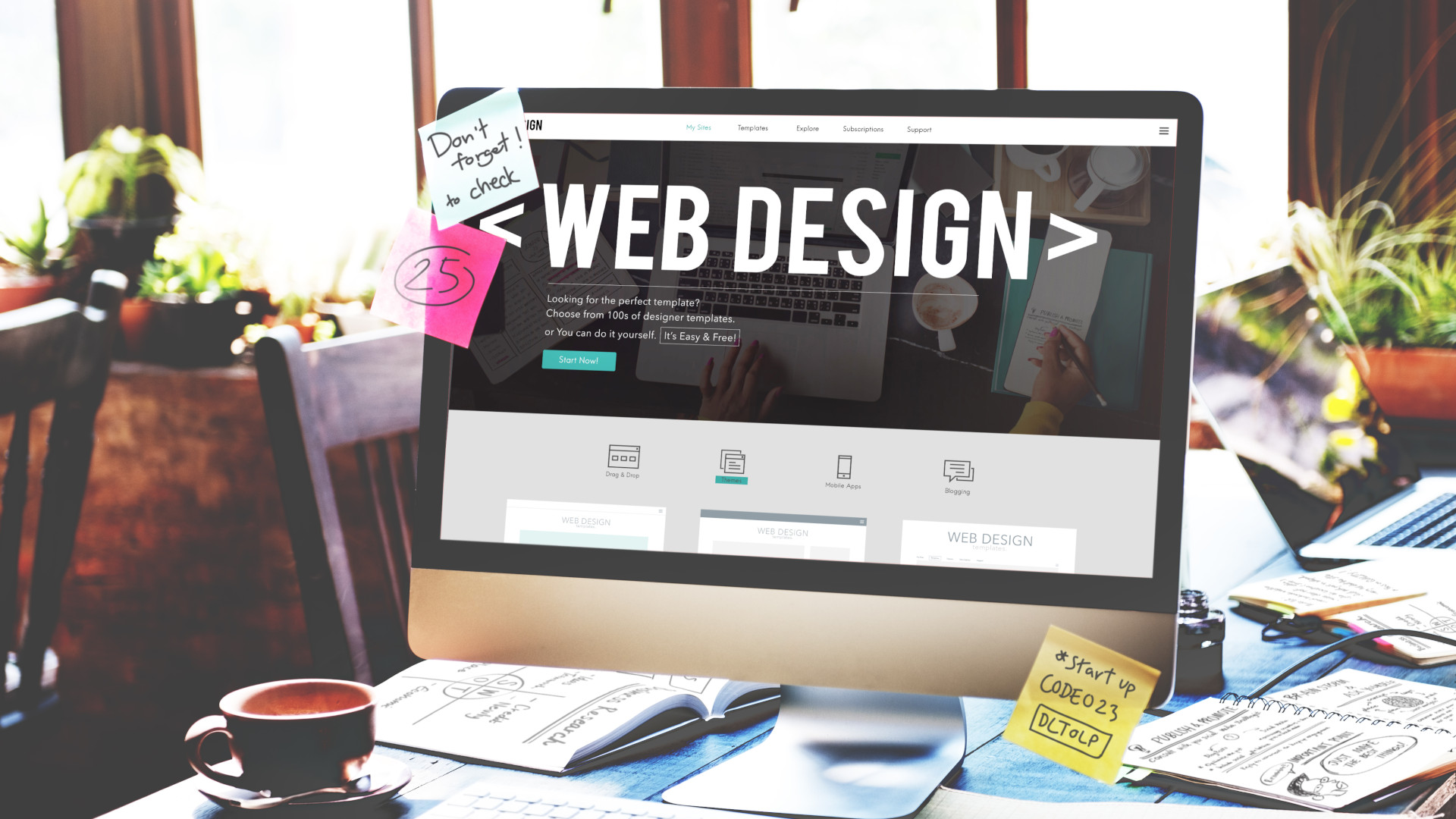Top Tips for Producing an Impactful Internet Site Layout That Converts
To accomplish this, one must take into consideration a variety of factors, consisting of comprehending the target audience, prioritizing user experience, and maximizing for mobile systems. The strategic use of engaging call-to-actions and a well-defined aesthetic pecking order plays a critical role in leading customers via their trip.

Understand Your Target Audience
Understanding your target market is essential to effective site style, as it prepares for producing an appealing customer experience. Determining who your users are, including their demographics, choices, and habits, makes it possible for developers to customize the site's material, design, and performance to fulfill particular requirements.
Carrying out detailed marketing research is essential in this process. Studies, interviews, and analytics can offer important insights right into individual expectations and pain factors. By assembling this information, designers can develop user identities that represent different sections of the target market, making certain that layout choices are notified and appropriate.
Furthermore, recognizing the target market aids in picking suitable design elements such as color pattern, typography, and images that resonate with individuals. A website that speaks directly to its target market cultivates a feeling of connection and count on, urging longer sees and higher conversion rates.
Eventually, a user-centered technique to site layout not just enhances user complete satisfaction but additionally supports business goals by driving involvement and commitment. By prioritizing the requirements and preferences of the target audience, a website can properly offer its purpose and accomplish preferred end results.
Prioritize Individual Experience
To improve the total performance of a web site, prioritizing individual experience (UX) is essential (Website Design). A properly designed UX guarantees that visitors can browse the website easily, find info promptly, and involve with material meaningfully. This causes raised customer satisfaction and higher conversion rates
Begin by applying intuitive navigating. Menus should be logically structured, enabling customers to situate vital locations of the site with very little initiative. Consistency in design aspects, such as color schemes and fonts, promotes experience, which is vital for preserving user involvement.
Additionally, think about the filling rate of your web site. A hold-up of just a few seconds can bring about substantial drop-offs, as customers are less likely to wait on a slow-loading web page. Enhancing photos and enhancing code can enhance efficiency and retain visitors.
Moreover, clarity in content discussion is vital. Usage concise, interesting language and separate text with visuals to boost readability. By focusing on user experience, you not just develop a more satisfying atmosphere for site visitors however likewise reinforce your brand's credibility. Inevitably, a focus on UX is an investment in the long-term success of your web site.
Optimize for Mobile Instruments
Maximizing for mobile phones is important in today's electronic landscape, where a boosting number of users access sites with smartphones and tablet computers. A mobile-friendly design not just enhances user experience however additionally plays a considerable duty in enhancing internet search engine rankings. To achieve this, it is vital to take on a receptive layout that automatically adapts to different display sizes and orientations.

Filling rate is an additional important their website aspect; mobile users are commonly less person and expect fast access to details. Maximize images and leverage browser caching to boost efficiency. Finally, examination your web site on several devices and display resolutions to determine and rectify any kind of potential usability concerns. By prioritizing mobile optimization, you make sure that your website continues to be competitive and successfully engages a wider audience.
Use Engaging Call-to-Actions
An internet site's efficiency commonly rests on its capability to lead site visitors toward preferred activities, making compelling call-to-actions (CTAs) important components of design. CTAs work as the pivotal factors that direct users to involve with the website, whether that suggests purchasing, enrolling in an e-newsletter, or downloading a source.
To create efficient CTAs, clarity is vital. Use concise language that clearly connects the action you want the customer to take. Phrases such as "Get going," "Register Free," or "Store Now" not only convey necessity however additionally get rid of ambiguity. The positioning of CTAs is just as vital; they need to be purposefully placed go to my blog throughout the page his comment is here to ensure they are quickly visible, specifically in high-traffic areas.
In addition, take into consideration making use of directional signs, such as arrows or photos, to assist individuals towards these buttons. By focusing on these components, services can substantially boost individual interaction, driving conversions and eventually attaining their internet site's objectives.
Focus on Visual Power Structure
Effective internet site layout depends greatly on a well-structured visual pecking order that guides users with content seamlessly. By arranging aspects in a way that prioritizes information, designers can boost customer experience and assist in decision-making. This entails utilizing size, color, contrast, and spacing tactically to accentuate the most vital elements of a page.
The usage of larger fonts for headings and subheadings establishes a clear distinction between various areas, enabling individuals to scan content easily. In addition, employing contrasting shades for switches and calls-to-action can record user interest and encourage interaction. Whitespace is one more essential element; it avoids clutter and makes it possible for customers to concentrate on key messages without diversions.
Images and graphics must enhance the text while likewise sticking to the established power structure, strengthening the general message (Website Design). Consistency in design components, such as color pattern and typography, additional strengthens the aesthetic hierarchy, making navigating intuitive

Final Thought
In conclusion, effective site design requires a detailed understanding of the target audience, prioritization of customer experience, and mobile optimization. Ultimately, a well-executed site design serves as a critical part in driving customer activities and accomplishing organization goals.